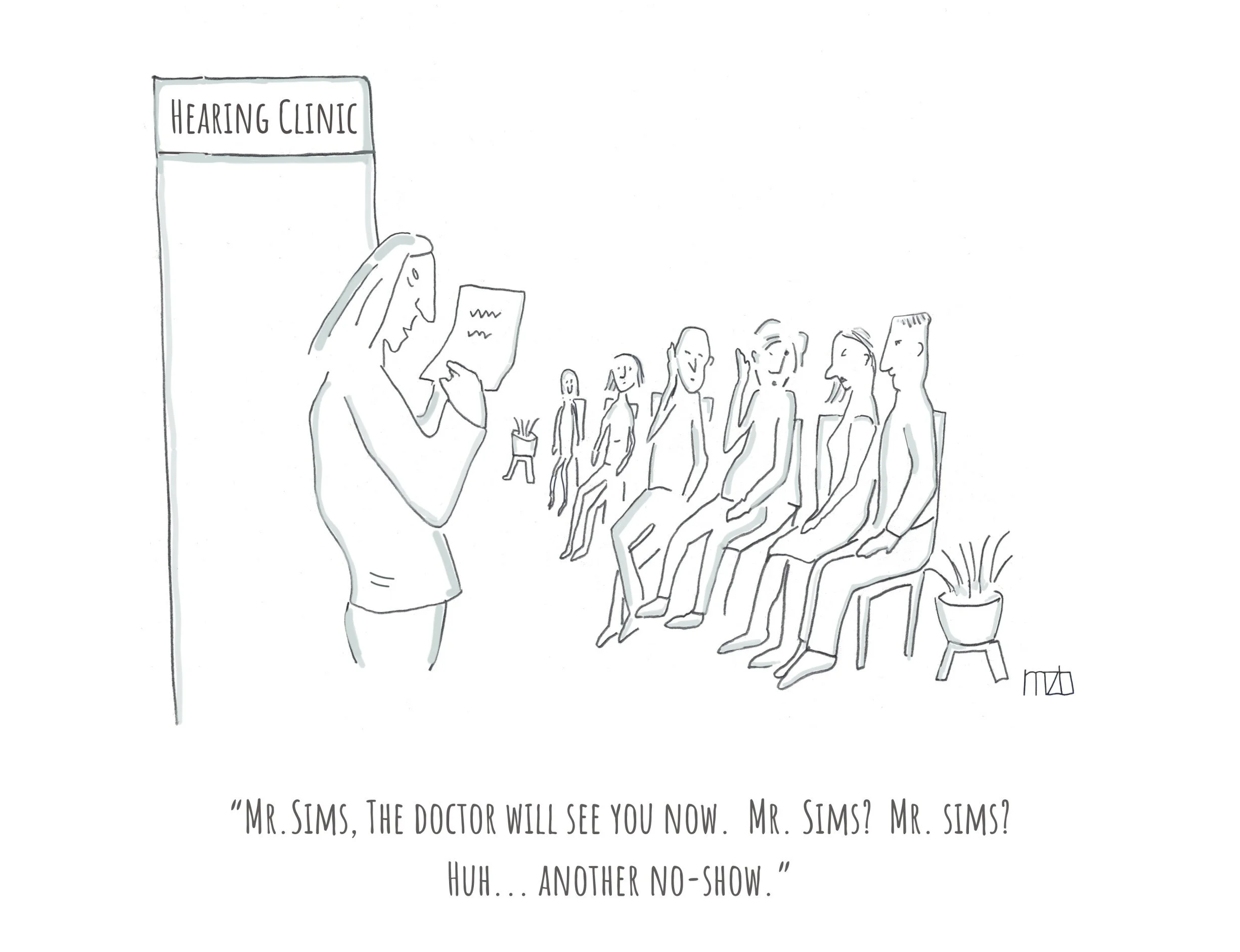The auditory cortex sends signals via neurons to subcortical targets deeper in the brain, particularly the inferior colliculus (IC). These signals affect IC neuron plasticity and some types of perceptual learning. Recent studies suggest “dendritic Ca2+ (calcium) spikes” are the key biophysical mechanisms by which neurons transmit these signals in this way.
These spikes drive burst firing, initiating uniquely powerful signals to modulate subcortical representations and trigger plasticity (the ability of the brain to change and adapt). However, the behavioral relevance of these dendritic spikes is poorly understood. It’s unclear exactly what signals the cortex feeds back during certain activities.
Head-fixed mice discriminate temporal envelope fluctuations in a GO/NO-GO paradigm. Credit: Ford et al./Journal of Neuroscience
Using multiphoton imaging of auditory cortico-collicular neurons in mice as they do a task involving discrimination between sounds, 2019 Emerging Research Grants scientist Pierre Apostolides, Ph.D., and team found that the activity of these neurons was more closely linked to the mice’s actions than the sounds they heard. Dendritic calcium spikes and burst firing contributed to this non-auditory activity.
As published in the Journal of Neuroscience in February 2024, this unexpected finding suggests that this type of brain activity in the auditory cortex plays a role in learning that goes beyond just processing sound information, and it is notable because dendritic spikes induce plasticity in many other circuits.
When these neurons were temporarily silenced during the task, the mice had trouble learning the task, indicating the importance of this non-sensory activity in learning and plasticity. These findings suggest that the auditory cortex may transmit significant non-auditory signals relevant for learning-related plasticity.
This is adapted from the Journal of Neuroscience paper. A 2019 Emerging Research Grants scientist, Pierre Apostolides, Ph.D., is an assistant professor of otolaryngology–head and neck surgery at the University of Michigan's Kresge Hearing Research Institute. He is also an assistant professor of molecular and integrative physiology at the University of Michigan Medical School.








Multiple key guitars from Les Paul’s collection are in The Les Paul House of Sound. Hands-on activities guide visitors to explore the science of sound.